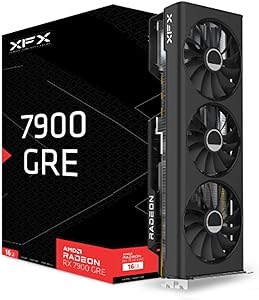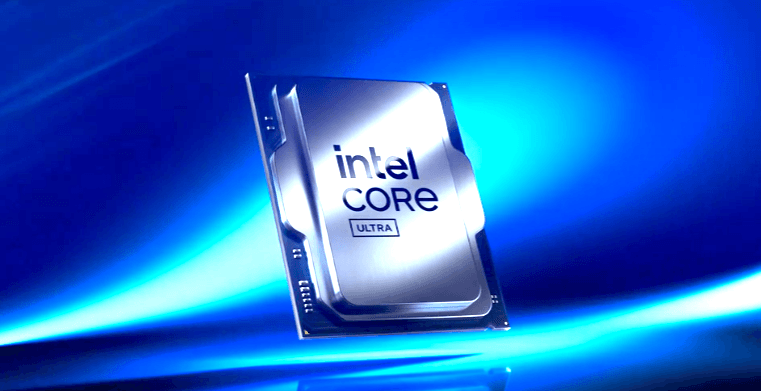Welcome to GigaGuideTech! Today, we’ll be taking a look at one of this year’s most awaited GPU showdowns: NVIDIA’s RTX 4070 vs AMD’s RX 7900 GRE. Both these GPUs are aimed specifically for mid-range gaming PCs, with significantly different strengths. In this article, we will break down their performance and pricing to let you know which is the best option for your set-up.
Knowing the GPUs: RTX 4070 and RX 7900 GRE
Overview of the NVIDIA RTX 4070
The NVIDIA RTX 4070 GPU belongs to the new series, the 4000 series, by NVIDIA based on the Ada Lovelace architecture. This is a very powerful, high-performance GPU native to 1440p gaming and some 4K gaming in certain scenarios. The following are some of its key features:
- CUDA Cores: 5,888
- Boost Clock: Up to 2.5 GHz
- Memory: 12 GB GDDR6
- Ray Tracing Cores: 3rd Generation
- DLSS 3.0 Support

AMD RX 7900 GRE Overview
The AMD RX 7900 GRE represents the company’s RDNA 3 and screams an impressively high Performance-per-Watt ratio. RX 7900 GRE is positioned to fit more in the mainstream segment but gives stiff competition to the RTX 4070 in most scenarios:
- Stream Processors: 6,400
- Boost Clock: Up to 2.4 GHz
- Memory: 16 GB GDDR6
- Ray Accelerators: 2nd Generation
- FidelityFX Super Resolution (FSR) 2.0

Performance Comparison Gaming Benchmarks
Gaming Benchmarks
Now, let’s look at how these GPUs scale up in real-world gaming scenarios. We pulled the benchmark data from various sources just to give you the full view.
Gaming Performance at 1440p
These GPUs were designed to play games at 1440p resolution, although the RX 7900 GRE enjoys the benefit of raw frame rate gains over the RTX 4070. For example, in games such as Cyberpunk 2077 and Assassin’s Creed Valhalla, the RX 7900 GRE shows off its brawn, with a base FPS that can be as much as 10-15 percent higher than the RTX 4070.
Ray Tracing Performance
On ray tracing, however, the RTX 4070 stands first—all thanks to the improved ray tracing cores and DLSS 3.0 technology at NVIDIA. In games with ray tracing turned on—like Control and Metro Exodus—the RTX 4070 can provide much smoother gameplay, often turning in around 20-30 percent better performance compared to the RX 7900 GRE.
Power Consumption and Efficiency
On the other hand, power efficiency may prove to be critical, particularly in the case of mid-range builds where cooling and the PSU capacity are limited. Announced TDP for the RTX 4070 stands at 220W, and a little higher for the RX 7900 GRE at 250W. As is clear by these real-world testing charts, the RTX 4070 shows generally more efficient power consumption compared to that by the RX 7900 GRE, hence making it a much better option for anyone who is more concerned about power draw and system heat.
Productivity Benchmarks
While gaming is certainly the focus, it’s not a bad idea to take a peek at how these GPUs do with some productivity tasks like video rendering and 3D modeling.
- Blender: RTX 4070 does so much better in CUDA-based applications as it has dropped render times as much as 15% over RX 7900 GRE.
- Adobe Premiere Pro: Both graphics cards are almost at par, with RTX 4070 slightly nipping at the heels of RX 7900 GRE on GPU-driven tasks.

Pricing and Value
Now, that’s where things get sticky, the pricing. Currently, the price for the RTX 4070 is around $599 and the RX 7900 GRE around $649. Here is what the breakdown looks like in terms of pricing:
- RTX 4070: Does sport much faster ray tracing and a lot lower power consumption; moreover, it’s a bit cheaper.
- RX 7900 GRE: Provides raw performance in traditional rasterization, additional VRAM at 16 GB compared to 12 GB, and marginally improved gaming performance from this for 1440p.
Now, on price-to-performance, this may make the RX 7900 GRE worth an additional $50 to the person who values raw FPS and VRAM. If you’re looking for ray tracing or efficiency, though, the RTX 4070 represents the better value.
Which GPU Should You Choose for a Mid-Range Gaming PC?
Ultimately, this all depends on what you need and what you want.
Best Ray Tracing and Future Proofing: RTX 4070
Well, in case you are the type of person who actually values ray tracing and wants to future-proof the system with DLSS 3.0, the winner is pretty evident: the RTX 4070. Besides that, it consumes less power, thus becoming more feasible for those concerned about power draw and system temperatures.
Best for Traditional Gaming Performance: RX 7900 GRE
Now, if you solely want raw gaming performance at 1440p or even 4K, then you need more VRAM so that it handles future games; in this respect, the RX 7900 GRE is better. This card will hold higher frames per second in traditional rasterization, making this one very greatly one of the strongest rivals for any gaming PC.
Conclusion: Which Should You Choose?
Ultimately, the choice between an RTX 4070 and an RX 7900 GRE will have to be based on how you game and what you play. Here’s a quick summary to make your decision easier:
- Choose the RTX 4070 if: In case you want to reap benefits from Ray tracing, lower its power consumption, and access NVIDIA’s DLSS technology.
- Choose the RX 7900 GRE if: You need more raw gaming performance, you need more VRAM, and you don’t mind the minimal increased power consumption.
Both of these GPUs represent some of the best middle-ground GPUs one could put into any mid-range gaming PC out there—great performance for a very fair price. Whichever you decide to go with, you’ll get a GPU capable of dealing with today’s games rather easily.










